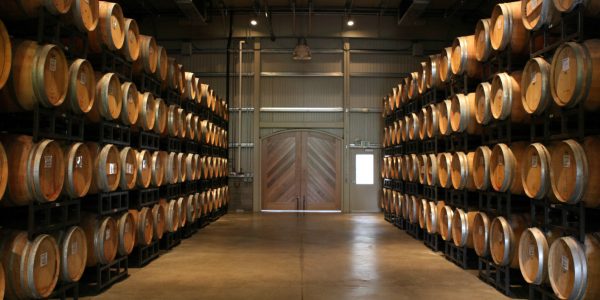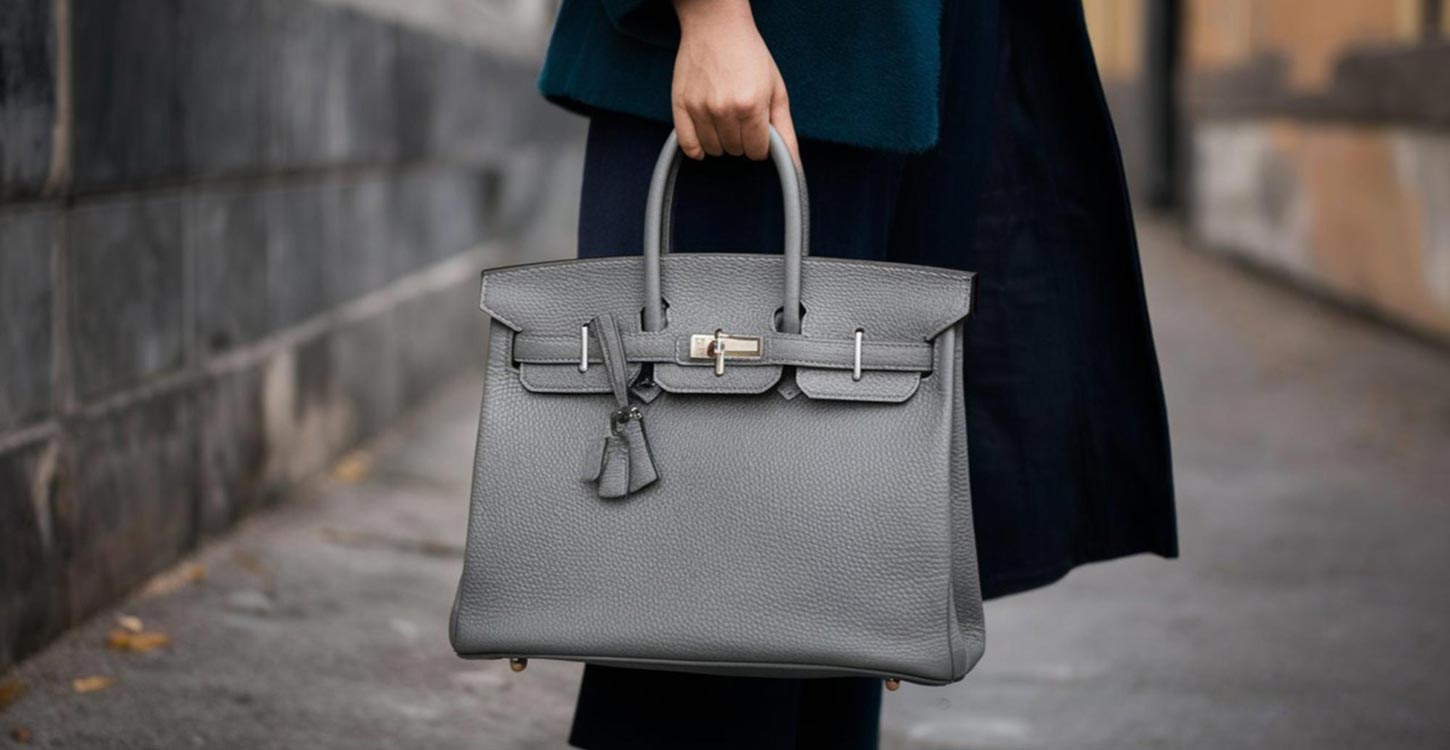Although the content(s) of the article were correct at the time of writing, the accuracy of the information contained within may no longer be current, as it may have been subject to subsequent tax, legislative or event changes. To browse more recent content, please see our Knowledge Centre.
Fine wine can represent interesting investment opportunities, but it is essential to take a clear-headed view of the wine investment market explains David Farber.
Wine is a limited resource which is increasingly in demand as the global market expands and a +3.5% increase in consumption is forecast for the period between 2014 and 2018. Fine wine can be a profitable investment opportunity, but only if investors – and their advisers – bring the right knowledge to bear.
Wine investment is at least 200 years old, but for most of that time has been a niche activity. A few wine lovers would try to subsidise their hobby by buying more cases than they could consume in the hope of reselling the extra ones at a profit later.
Recently, wine investment has become more popular, with the cancellation of import duty on wine in Hong Kong in 2008 significantly boosting demand from China. The broader access to information which has come from the development of internet and subsequent tools now provides far greater transparency and efficiency to the wine market and prices. The recent gloomy economic environment has also led many investors to diversify their portfolios by adding tangible assets.
When you think of wine as an asset, it has some unique qualities. In French wine regions such as Bordeaux and Burgundy, the size of each vineyard is limited by law as well as geographical boundaries, so there is a ceiling on the quantity that can possibly be produced in any one year. Of course, the weather also affects the size and quality of each vintage, and in some years only a very small quantity of very good wine is made. Furthermore, once each vintage has been produced, the number of bottles available will continually decrease as they are consumed. On the other side of the equation, demand is growing in emerging and traditional markets alike.
Tracking the wine market
Some of the world’s greatest wines are highly desired and extremely rare. The world-famous Bordeaux estate Chateau Lafite produces 20,000 cases a year on average, while Romanee-Conti in Burgundy produces just 400 cases a year. The fortunes of these top-end wines are keenly watched, but prices are also tracked broadly via the Liv-ex Fine Wine Index today. But while such indices and articles in the press may give a broad overview of the market, it is essential that investors then look at the sub-markets to know what is overpriced or under-priced.
![]()
Looking at where the market is now, we believe that Bordeaux has over corrected. After going up too quickly between 2009 and mid-2011 with the opening of China, it corrected from mid-2011 until the end of 2014 and is now back on its way up. Burgundy 2011/2012/2013 is of average to poor quality, but is highly priced due to the small quantity that was produced amid hail storms these past three years. In contrast, 2008/2009/2010 vintages, which are of much higher quality, seem very attractively priced. Some of the so-called “Super Tuscans” also have a very high upside potential.
Depending on when you decide to start your wine collection or add to your portfolio, always seek advice from an expert on what is attractive at this specific time. There are also a number of things potential wine investors need to know before they pour their hard-earned cash into fine wine.
- Keep your wines in a bonded warehouse as wines are kept at perfect conditions, are insured and remain duty-free and so easier to resell on an international market; you can always get them delivered home at a later stage should you decide to drink them. Your merchant can store the wines as such for you, or you can open your own account in a bonded warehouse.
- Buy only wines that have an active secondary market for ease of reselling; we wouldn’t always recommend the same wine for investment or for drinking.
- Do not systematically buy “en primeur” – the newest vintage released by the chateau. This has historically been the main way to collect wine, but in recent years chateaux have released new wines at high prices, and you could find better, more ready to drink past vintages at better prices.
- Select your wine, vintage and region carefully. Most merchants are used to recommending only first growths of Bordeaux, but these wines have come down in price recently while Burgundy, the Super Tuscans and Champagne were going up at the same time.
- As with any investment, diversify your wine portfolio.
- Despite being a long-term investment, changing market trends in the fine wine market are evolving ever more quickly. They are also becoming increasingly hard to identify due to the growing number of consumers, investors, auction houses and merchants involved.
Some fine wines have exhibited very strong growth this year: Montrose 2010 has risen from £1,350 a case to £1,550 a case in the past eight months, while Clos des Lambrays 2012 has risen from £1,300 a case to £2,000 a case since 1 January 2015 and Mouton Rothschild 2005 has risen from £3,600 a case to £4,200 a case in the past three months.
However, there are many variables potential wine investors need to bear in mind and you should not dabble in such an esoteric area without taking proper advice – both on the wine investment itself and on the effect adding these kinds of assets will have on your portfolio’s risk/return profile.





